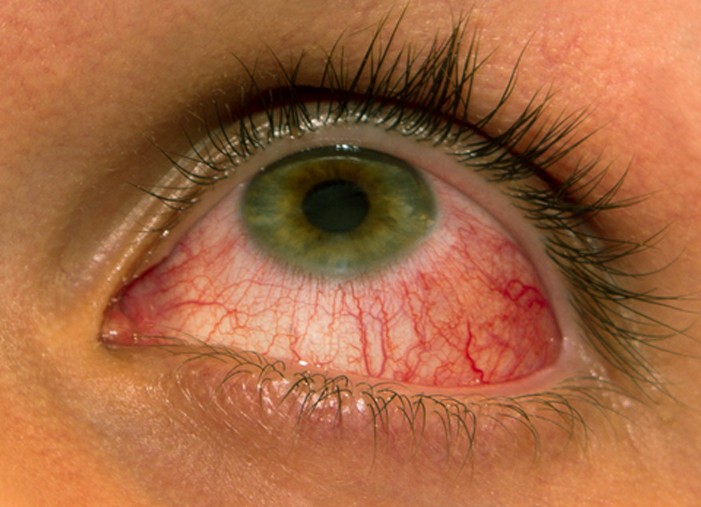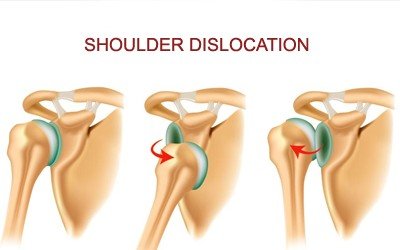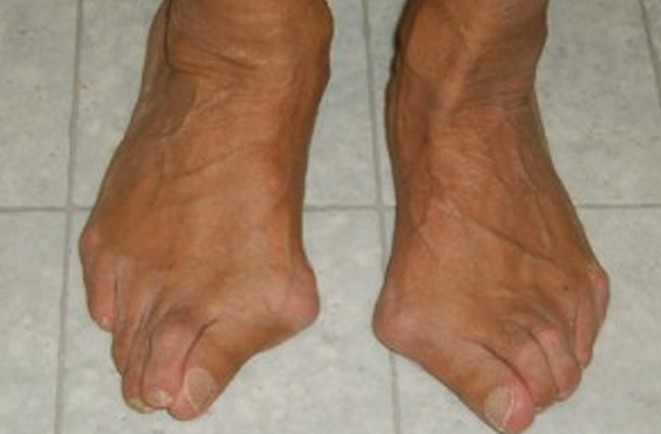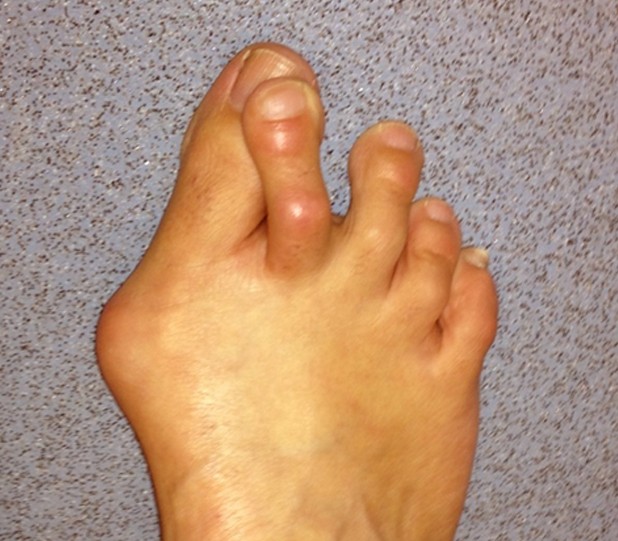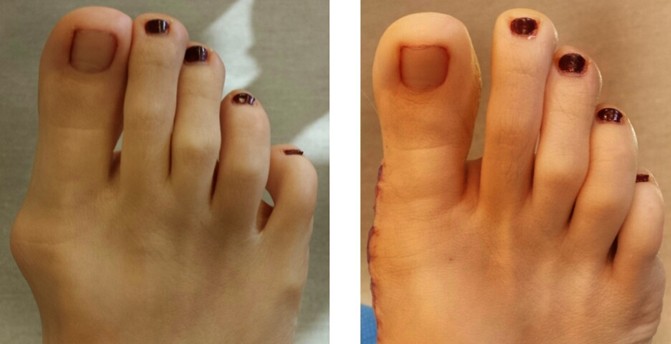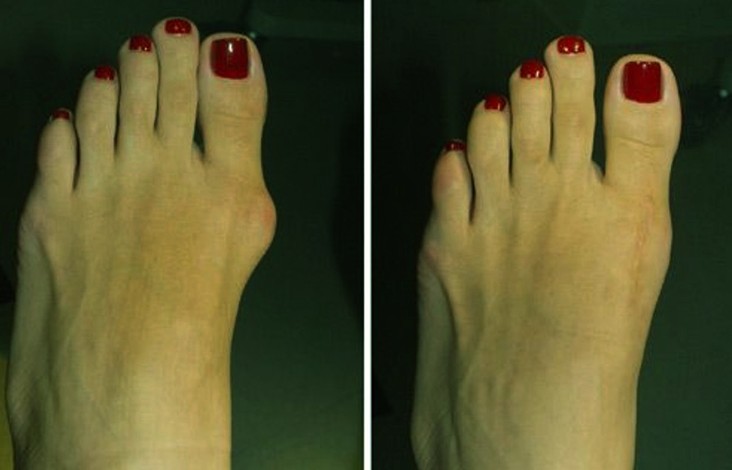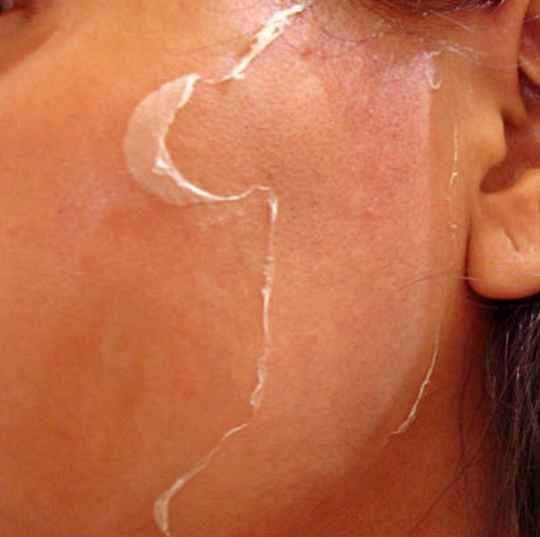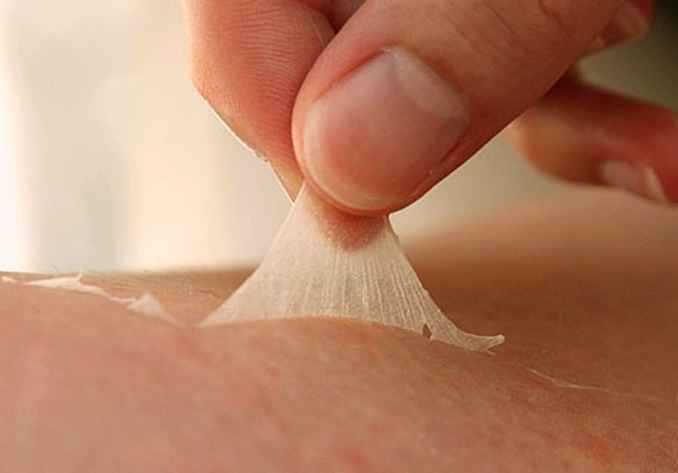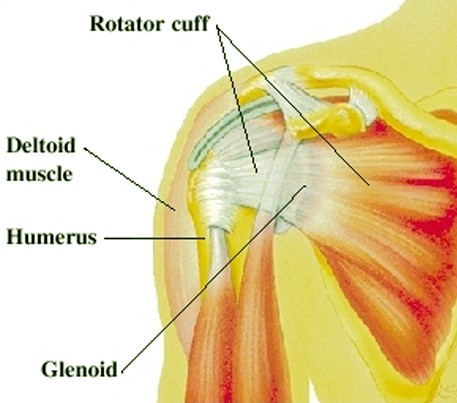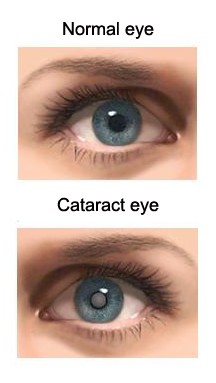Hypersomnolence
Definition
Hypersomnolence is a medical condition in which the patient is excessively sleepy during the day and sleeps prolonged hours in the night. Patients diagnosed with hypersomnolence or hypersomnia as it is also known, do not feel tired when they wake up in the morning. However, they may feel the increased need to nap during the day, regardless of the moment in the day, their actual location (work) or their current activity (eating, talking). These naps do not bring the necessary relief from the symptoms commonly associated with hypersomnolence.
According to the medical literature, hypersomnolence is one of the most frequent sleeping disorders encountered in various populations. As opposed to persons who are extremely tired, the patients diagnosed with hypersomnia can fall asleep without actually wanting for that to happen. Often times, this problem is solved by identifying the underlying condition that has led to it in the first place. However, it is important for the patient to maintain a regular sleeping schedule during the night, with at least seven or eight hours of sleep.
It seems that 5% of the general population is affected by this medical condition, hypersomnia being more often encountered in men than in women. This is because the majority of the people diagnosed with sleeping apnea are men. The diagnosis of hypersomnolence can be made with the help of special-made scales, such as the Epworth Sleepiness Scale or the Stanford Sleepiness scale. Following the application of these scales, the patient will have to undergo more complex investigations, to determine the underlying causes of the hypersomnia.
Hypersomnolence Symptoms
These are the most common symptoms of hypersomnolence:
- Excessive sleepiness during the day
- Prolonged sleeping during the night
- Inappropriate napping times
- Involuntary napping
- Difficulty waking up after a long sleep and getting out of bed
- Disorientation
- Anxiety
- Irritation
- Lethargy
- Agitation
- Thinking and speech are affected by the excessive state of drowsiness
- Appetite loss
- Hallucinations
- Cognitive skills and memory are impaired
Possible Causes of Hypersomnolence
These are the most common causes that lead to the appearance of hypersomnolence:
- Genetic predisposition
- Idiopathic cause (unknown cause)
- Mental disorders, anxiety and bipolar disorders
- Cancer – paraneoplastic syndromes
- Head trauma
- Central nervous system injury, disorder or dysfunction (thalamus, hypothalamus, brain stem)
- Encephalitis
- Epilepsy
- Hydrocephalus (early stage)
- Multiple sclerosis
- Depression (severe cases especially)
- Obesity
- Sleep apnea syndrome
- Variant – upper airway resistance syndrome
- Narcolepsy
- Medication (hypersomnolence is a side-effect)
- Nocturnal myoclonus – this occurs during sleeping and it involves the constant moving of the legs.
- Restless leg syndrome
- Post-traumatic disorder
- Kleine-Levin syndrome – this is a rare sleeping disorder in which the patient suffers from episodes of hypersomnolence, cognitive and mood changes.
- Idiopathic recurrent stupor – this is rare condition, without a clear cause, in which the patient suffers from recurrent states of stupor.
- Infections (hypersomnolence appears as a post-infection consequence, when the body is weakened from the infection and needs to recover)
- Hypersomnolence can also be associated with the following medical disorders: Prader-Willi syndrome, Norrie disease, Niemann-Pick disease, myotonic dystrophy.
- Neurological disorders that mimic hypersomnolence
- Neurodegenerative disorders: Alzheimer’s disease, Parkinson’s disease, multiple system atrophy
- Drug or alcohol abuse
- Neuromuscular diseases and diseases of the spinal cord
- Chronic sleep deprivation
- Other causes include: diabetes, hepatic encephalopathy, acromegaly, chronic fatigue syndrome, fibromyalgia, chronic kidney disease, autoimmune disorders (lupus, rheumatoid arthritis, Morvan’s syndrome), celiac disease, hypothyroidism, iron deficiency (anemia), viral infections (Whipple’s disease, mononucleosis, HIV, Guillain-Barre syndrome)
Treatment
The treatment of the hypersomnolence depends on the existence of an underlying condition and the symptoms presented by the patient. These are the most common causes of treatment undertaken for hypersomnia:
Medication
Medication with stimulation properties: amphetamine, methylphenidate, modafinil, sodium oxybate, metamphetamine, dextroamphetamine, methylphenidate,selegiline. These drugs are recommended in order to prevent the need of sleeping during daytime and also in cases in which the hypersomnolence is associated with narcolepsy.
Modafinil is one of the most used medications given to patients diagnosed with hypersomnolence. Its effects are as follows:
- Enhances wakefulness and day-time alertness
- Reduced side-effects compared to other medication
- Long acting effect (half-life 12-15 hours)
- Direct effect on the anterior hypothalamus
- Dopamine-releasing action
- Small abuse/tolerance potential
Other medication:
- Clonidine – sympatholytic medication commonly used to treat high blood pressure
- Levodopa – treatment commonly recommended in case of Parkinson’s disease
- Bromocriptine – dopamine agonist indicated in the treatment of pituitary tumors, Parkinson’s disease and type two diabetes
- Amantadine – recommended as treatment for Parkinson’s disease and also for respiratory viral infections
- Methysergide – formerly used for the treatment of chronic headaches and migraines
- Tricyclic anti-depressants
- Monoamine oxidase inhibitors – recommended for the treatment of atypical depression and also for Parkinson’s disease
Behavioral therapy
Patients are encouraged to avoid working during the night and also to refrain from being excessively active right before going to sleep. Other changes refer to:
- Establishing a regular sleeping schedule (waking up and going to bed at the same time every day)
- Avoiding sleep deprivation (during the night)
- Scheduling the naps to be taken during the day
- Sleeping before activities that require intense mental effort
- Avoiding driving and other occupations that require intense concentration
- Doing at least half an hour of physical exercise every day
- Patients are encouraged to join hypersomnolence support groups
Diet changes
Patients are recommended to avoid excessive alcohol drinking and also to exclude coffee and other caffeine-based drinks from their diet. Smoking is also prohibited as it can lead to additional circulatory problems.
Also, Sleep hygiene techniques can be taught in a specialized sleep clinic.
As you can see, the treatment of hypersomnolence addresses the underlying medical condition but it also involves certain changes on the daily habits of the patient. Behavioral therapy can lead to an improve sleep hygiene and it can reduce the frequency or severity of the hypersomnia episodes. It is important for the patient to be consistent with these changes and stick to a healthy diet, based on fresh fruits and vegetables. Also, drinking plenty of water is essential, so as to keep the body properly hydrated.
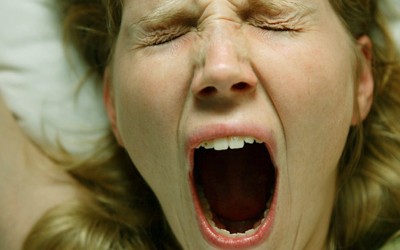 These are the most common causes of excessive yawning:
These are the most common causes of excessive yawning: There are two main types of allergic conjunctivitis, meaning seasonal and perennial. In the first case, the condition is triggered by common airborne antigens, meaning tree pollen in the spring, grass in the summer and weed pollen in the autumn. The persons who suffer from seasonal allergic conjunctivitis do not exhibit any symptoms during the winter, as the transmission of airborne allergens is reduced to a minimum. On the other hand, the persons who suffer from perennial allergic conjunctivitis present symptoms regardless of the season; this is because their allergies are not caused solely by these allergens. Dust mite, dust from cockroaches, pet dander and even cigarette smoke can trigger perennial allergic conjunctivitis.
There are two main types of allergic conjunctivitis, meaning seasonal and perennial. In the first case, the condition is triggered by common airborne antigens, meaning tree pollen in the spring, grass in the summer and weed pollen in the autumn. The persons who suffer from seasonal allergic conjunctivitis do not exhibit any symptoms during the winter, as the transmission of airborne allergens is reduced to a minimum. On the other hand, the persons who suffer from perennial allergic conjunctivitis present symptoms regardless of the season; this is because their allergies are not caused solely by these allergens. Dust mite, dust from cockroaches, pet dander and even cigarette smoke can trigger perennial allergic conjunctivitis.